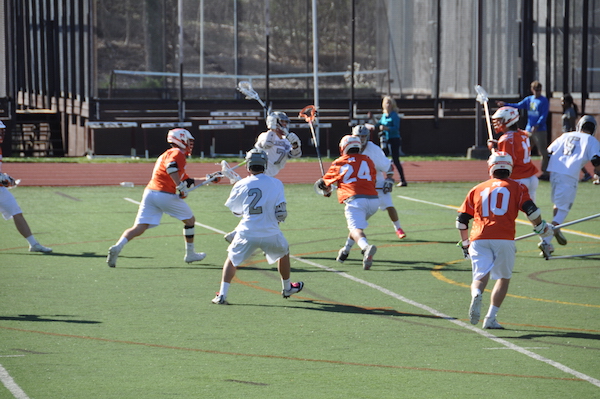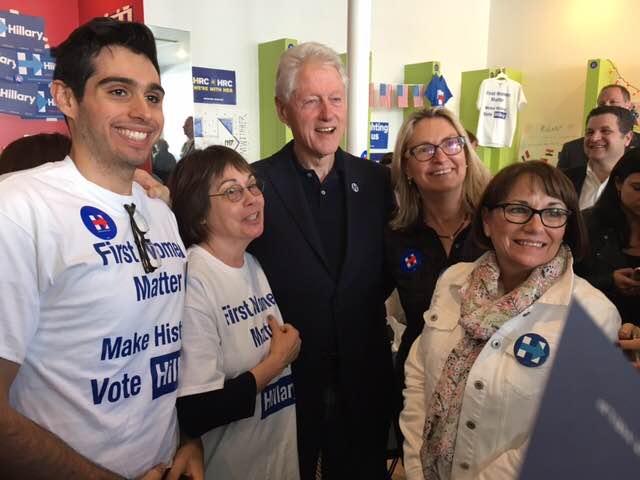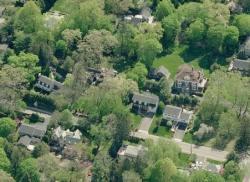Vote on Tuesday, School Board Meeting Monday Night
- Details
- Written by Joanne Wallenstein
- Hits: 3705
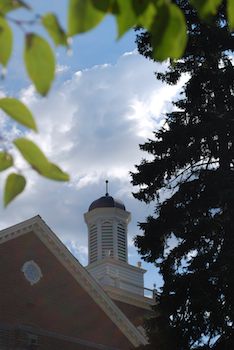 Tuesday May 17 is the vote for the Scarsdale School Budget and nominees for the Scarsdale School Board.
Tuesday May 17 is the vote for the Scarsdale School Budget and nominees for the Scarsdale School Board.
The proposed budget for the 2016-17 school year is $150,454,297 which is a 1.63% increase over the 2015-16 school budget and would mean a tax levy increase of .63% which falls below the calculated tax cap of .81%. As the budget does not exceed the tax cap, it can pass with a simple majority vote.
The budget includes $1,251,931 for plant improvements at Edgewood and Scarsdale Middle School as well as district wide roof repairs, brick repointing and paving. That's a $496.931 increase over last year's plant improvement budget.
Also on the ballot will be nominees for the School Board who were selected by the Scarsdale School Board Nominating Committee.
Board members Leila Maude and William Natbony are on the ballot to serve second three-year terms while Nina Cannon is running for election for the first time. This year, Maude served as the President of the Board of Education and Natbony as Vice President. Read statements from the candidates here:
Voting will take place at the Scarsdale Middle School on Tuesday May 17 from 7 am to 9 pm.
A Board of Education meeting will be held on Monday night May 16th. At 7 pm the Board will hear a report from the Middle School and High School principals on Innovation Practices and Instructional Focus at the middle and high schools.
At 8 p.m. the Board will conduct a business meeting and many people with concerns about the Greenacres School are expected to speak. You can watch the session on Scarsdale Cable Television on attend the meeting in rooms 170-172 at Scarsdale High School.
Open House Extravaganza Sunday May 15
- Details
- Written by Joanne Wallenstein
- Hits: 4672
Houlihan Lawrence of Scarsdale invites you to view these homes in their Open House Extravaganza on Sunday, May 15th. See times below:
2 Conventry Court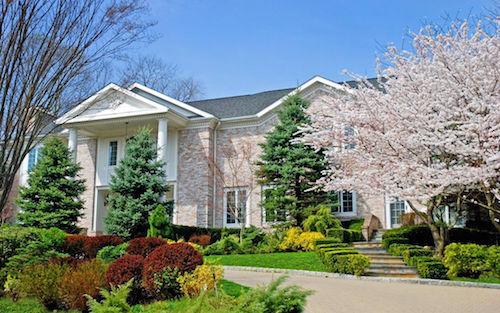
List Price: $4,995,000
2:00-4:00 PM
Majestic, 11,000 square foot home located on a tranquil cul-de-sac in Scarsdale's prized Quaker Ridge area, just 30 minutes from Manhattan. This three story stately home with seven en-suite bedrooms and three half baths features a two story entryway with marble floors and grand staircase. Scarsdale school district. Learn more here.
15 Brookby Road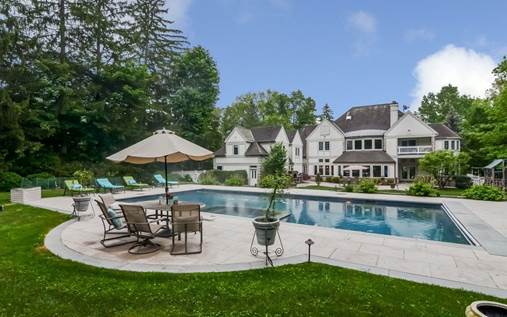
List Price: $4,150,000
11:00AM-2:00PM
Chic meets complete comfort in this contemporary colonial featuring soaring ceilings, open layout and walls of windows overlooking the spectacular 0.87 acre property. Stately in its curb appeal, the grounds transition in back to a private oasis with pool, spa, 2 patios, outdoor kitchen, rolling lawns and lush landscaping. Learn more here.
53 Lincoln Road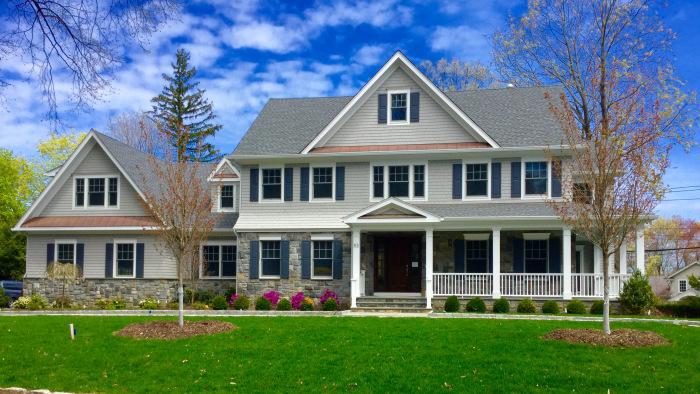
List Price: $3,975,000
2:00PM -4:00PM
Incomparable new custom seven bedroom home in prestigious Heathcote is move-in ready for you. This breathtaking stone and cedar Colonial, with distinctive wrap-around porch and sweeping circular drive, is nestled on a lush .66 acre with room for a pool. Pre-wired for state-of-the-art smart house, back-up generator. Learn more here:
6A Carstensan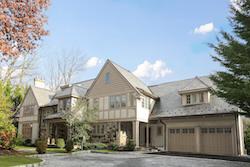
List Price: $3,875,000
1:00PM-3:00PM
Spectacular Tudor built in 2007 has quality workmanship throughout, with attention to detail. Located just five blocks from village shops, railroad, park and restaurants. This Majestic home offers a comfortable layout. Learn more here:
17 Gatehouse Road
List Price: $3,495,000
2:00PM-4:00PM
A stunning residence offering a grand scale while maintaining the intimacy that is the hallmark of a design and construction team which delivers elevations and floor plans that are exquisite, original and perfectly executed. Nothing will be spared in this 7,367 square foot, seven bedroom and seven-and-a-half bath home. Learn more here:
1 Dolma Road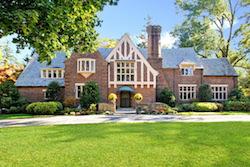
List Price: $3,495,000
1:00PM-2:30PM
One of Scarsdale's premier properties, this spectacular sun-lit Tudor home is sited in the heart of Murray Hill on a level, 1.89 park-like acre. Built in 1929 and partially renovated in 2002, this majestic estate offers exquisite architectural detail, remarkable craftsmanship including arched doorways, high beamed ceilings. Learn more here:
10 Oxford Road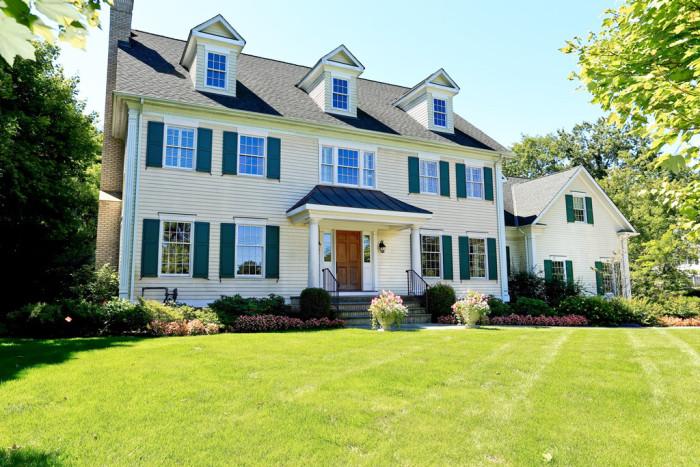
List Price: $3,450,000
2:00PM-1:00PM
Young stunning center hall Colonial with beautiful open green park views set on nearly an acre of level fenced property. Enjoy the majesty of this home, and settle into a huge luxurious seat in your very own home theater. Conveniently located near train, schools and shopping. Learn more here:
20 Dolma Road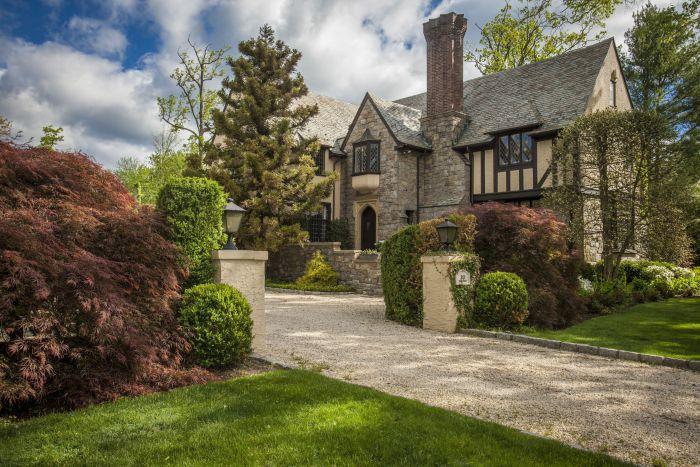
List Price: $3,300,000
1:00PM-3:00PM
A quintessential estate on a much admired street in Murray Hill. This Walter Collett built and designed English Tudor residence is a must see for its unique details and architectural beauty. The 1.46 acres has a beautifully landscaped garden with an exquisite pool and separate whirl pool. Come enjoy this lifestyle. Learn more here:
11 Rural Drive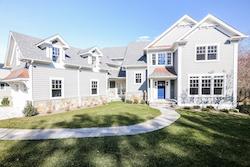
List Price: $2,999,000
12:30PM-2:00PM
Don't miss this dream home set on nearly half an acre of beautiful private land. Built to an uncompromising standard of excellence, the exceptional finishes provide a gracious setting for entertaining. Simply stunning, this home has it all! Learn more here:
68 Brewster Road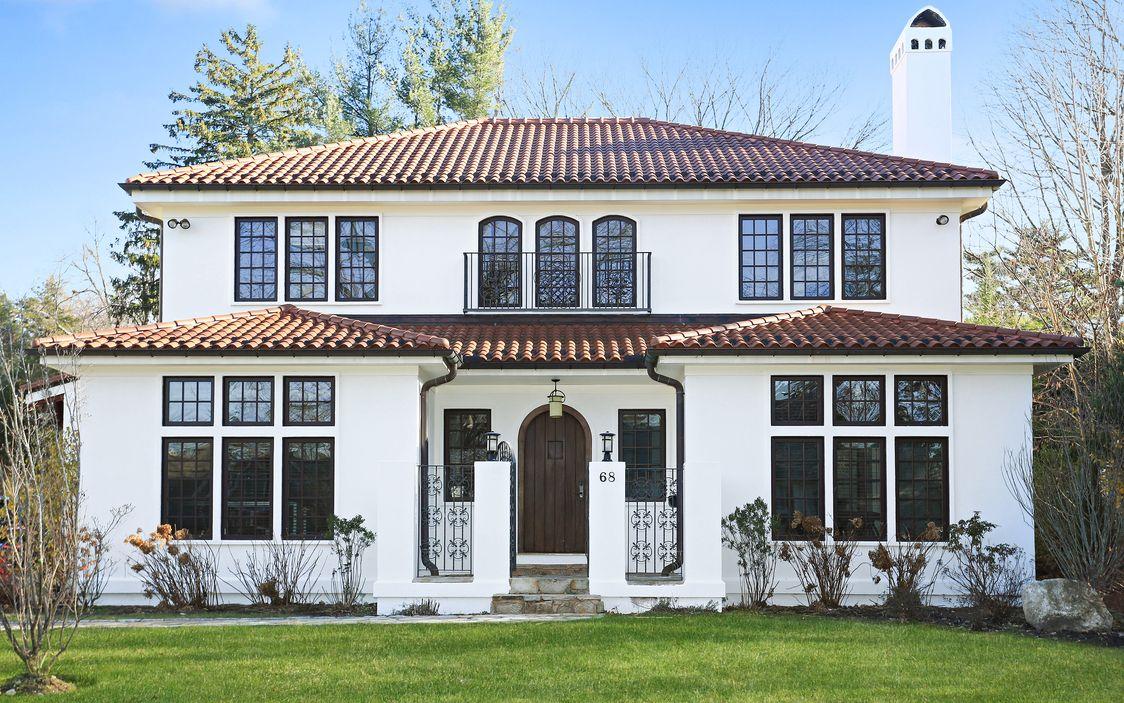
List Price: $2,595,000
1:00PM-3:00PM
This beautiful sunny home is situated in the heart of Fox Meadow, near schools, library shopping and train. On .30 of an acre and over 6000 interior square feet this newer home has it all. Incredible kitchen/great room, high end finishes throughout. Offers two laundry rooms and an elevator for three floors. Move right in. Learn more here:
9 Harcourt Road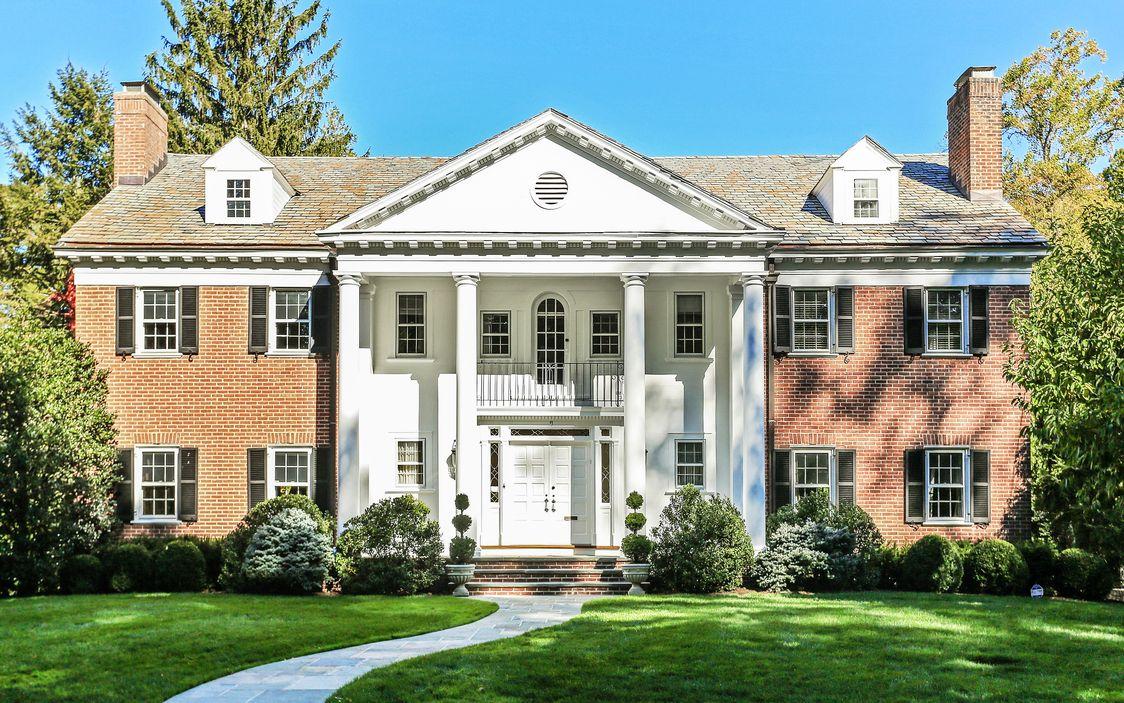
List Price: $2,398,000
2:00PM-4:00PM
Elegant Georgian brick center hall colonial with slate roof, renovated with the finest finishes. Spaciousness, sunlight abound; perfect for entertaining. Dramatic entrance hall graced with spectacular double curved staircase with detailed moldings; high ceilings, rich oak floors, four fireplaces add to the luxury. Learn more here:
8 Sharon Lane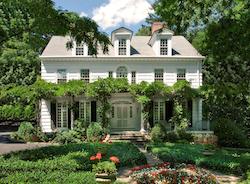
List Price: $2,385,000
2:30PM-4:00PM
A fabulous acre and a half in Fox Meadow! Complete with every modern amenity, a home of refined elegance, this 18th Century treasure asserts its grandeur at the front door. A perfect escape for tranquil solitude. This home is indisputably complete and enchanting to lovers of old and new! Learn more here:
110 Round Hill Road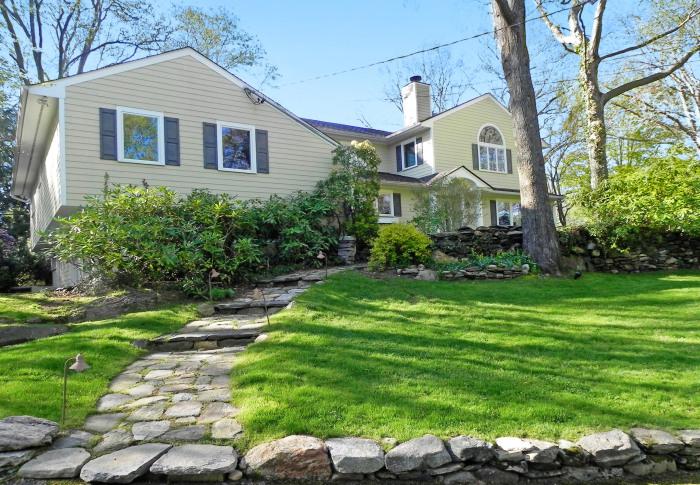
List Price: $2,300,000
2:00PM-4:00PM
This finely renovated Edgemont Colonial offers optimum privacy on .60 acre with a heated, salt water pool, yet is just minutes to the Scarsdale train station, schools and town. Features include an oversized cook's kitchen, professional appliances, two granite islands and a covered patio. An elegant home for modern living. Learn more here:
32 Springdale Road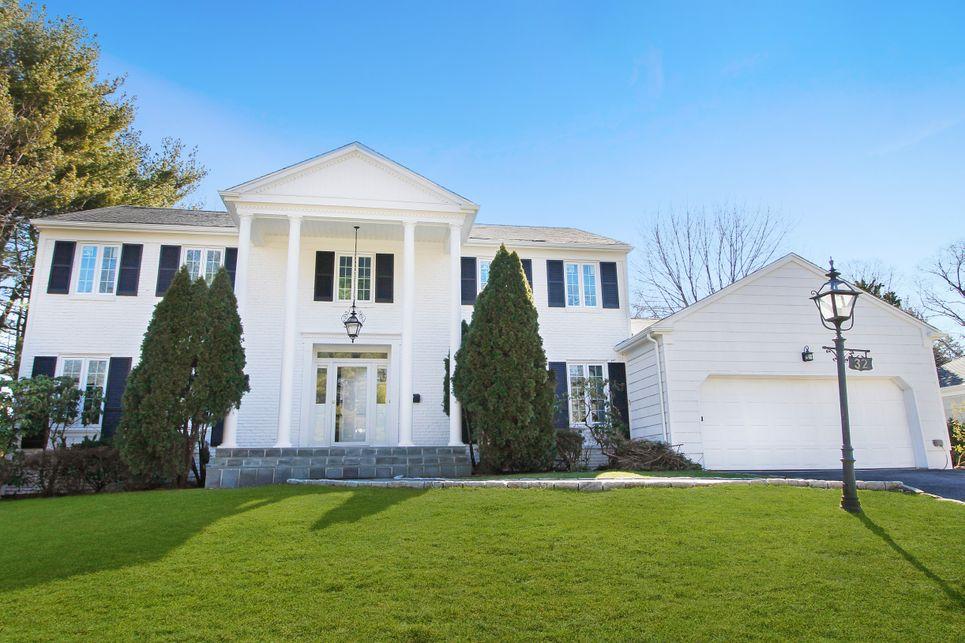
List Price: $2,300,000
1:00PM-3:00PM
Welcome to the home of your dreams! This picture perfect Colonial with classic proportions has exquisite light filled spaces. This home is totally renovated and a jewel with exceptional flow, which sets it apart from the rest. All these features plus the wonderful flow of rooms create an extraordinary property. Learn more here:
10 Elmdorf Drive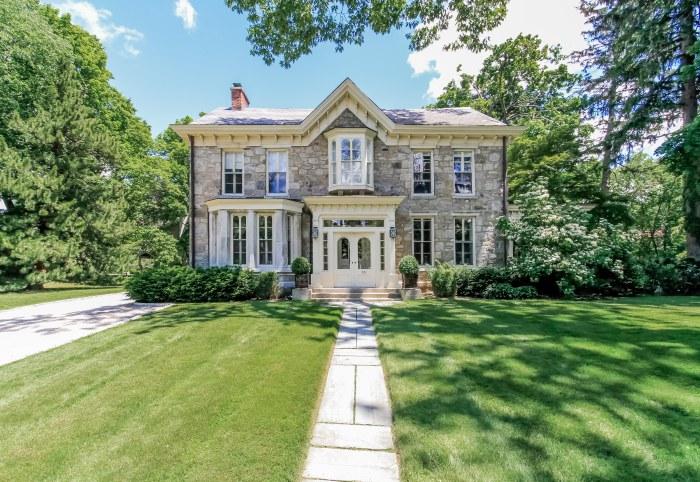
List Price: $2,259,000
1:00PM-2:30PM
The location says it all! Short walk to Scarsdale village, shops, train (32 minutes to Grand Central). Enjoy the privacy this prestigious stone home on a coveted Scarsdale street affords you. Exterior shows as a grand stone home, yet interior feels like a Colonial, bright and spacious. Exquisite slate roof, gravel drive. Learn more here:
352 Heathcote Road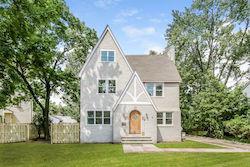
List Price: $2,175,000
2:30PM-4:00PM
Don't miss this unusual opportunity to own a combination of exterior character and interior sun-filled, sleek and sophisticated design. This house was stripped to the framing and rebuilt inside to afford its new owner a clean-lined home with modern light-filled space, featuring the perfect layout for everyday living. Learn more here:
10 Rutland Road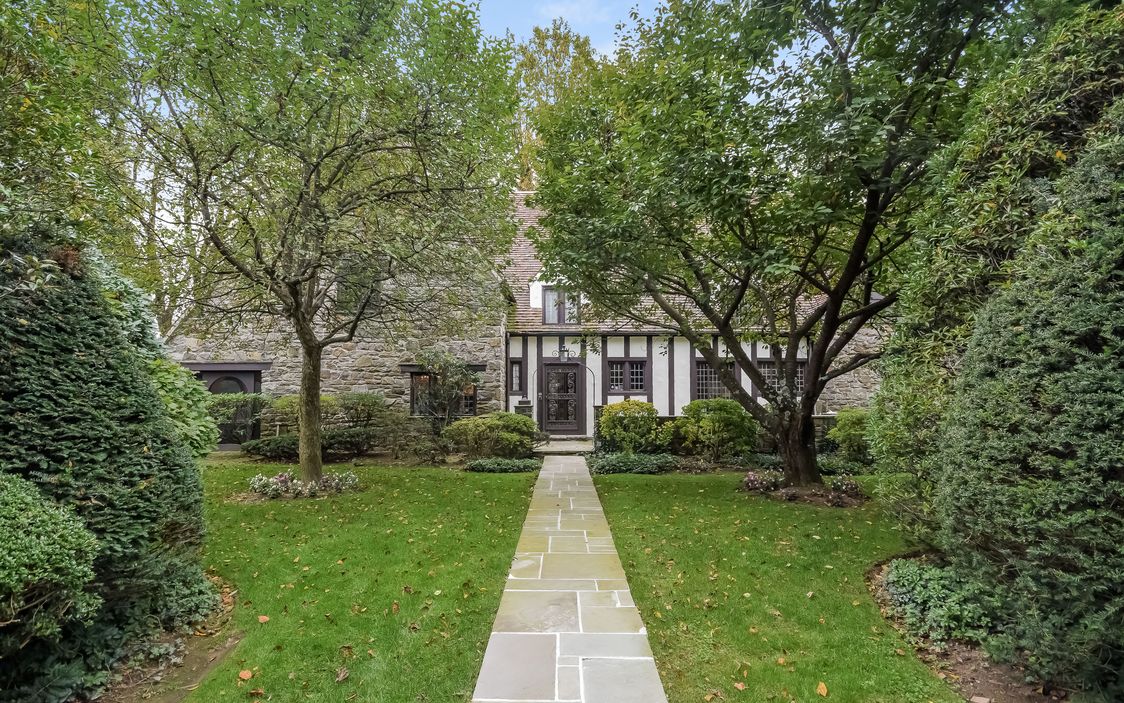
List Price: $1,999,000
2:00PM-4:00PM
Stunning, impressive, sun-filled English style home on .62 flat acres on a peaceful street in the Cotswold section of Edgemont close to schools, the Scarsdale Village and train. Special details include a custom, solid cherry two-story family room/library, exquisite details throughout, leaded windows and a Ludovicci tile roof. Learn more here:
28 Stonewall Lane
3:00PM-5:00PM
Easy living. This sun-filled Quaker Ridge home is ideally situated on 1.23 magnificent, private acres. The beautiful professionally landscaped property boasts specimen plantings and an in-ground pool and tennis court. It is the perfect venue for both entertaining and relaxation. The ultimate setting for relaxed living. Learn more here:
14 Paddington Road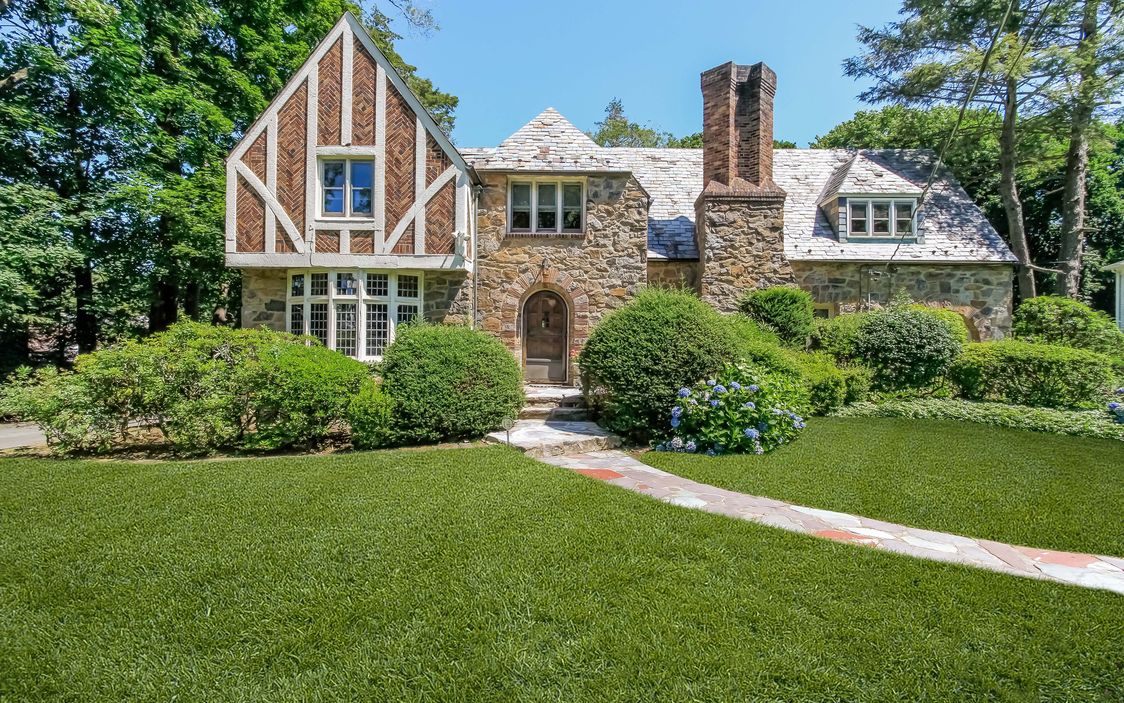
List Price: $1,875,000
2:00PM-4:00PM
Captivating stone, brick and stucco Tudor Manor house with a slate roof on a level .41 acre in the heart of Fox Meadow with a fine close-in location to Scarsdale village. Fine architectural details include a grand staircase, beautiful oak floors, barrel ceilings and wide open doorways. Large and gracious leaded windows. Learn more here:
5 Fox Meadow Road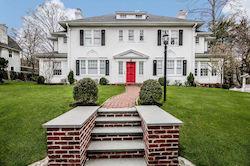
List Price: $1,825,000
3:00PM-4:30PM
Picturesque, sun-filled and airy Colonial perfectly located in coveted Fox Meadow. Set on .29 acres of lush property, this residence is an easy stroll to Scarsdale village, shops, restaurants and Metro North train. This is the perfect combination of stylish living and a great location. Make this home yours! Learn more here:
81 Walworth Avenue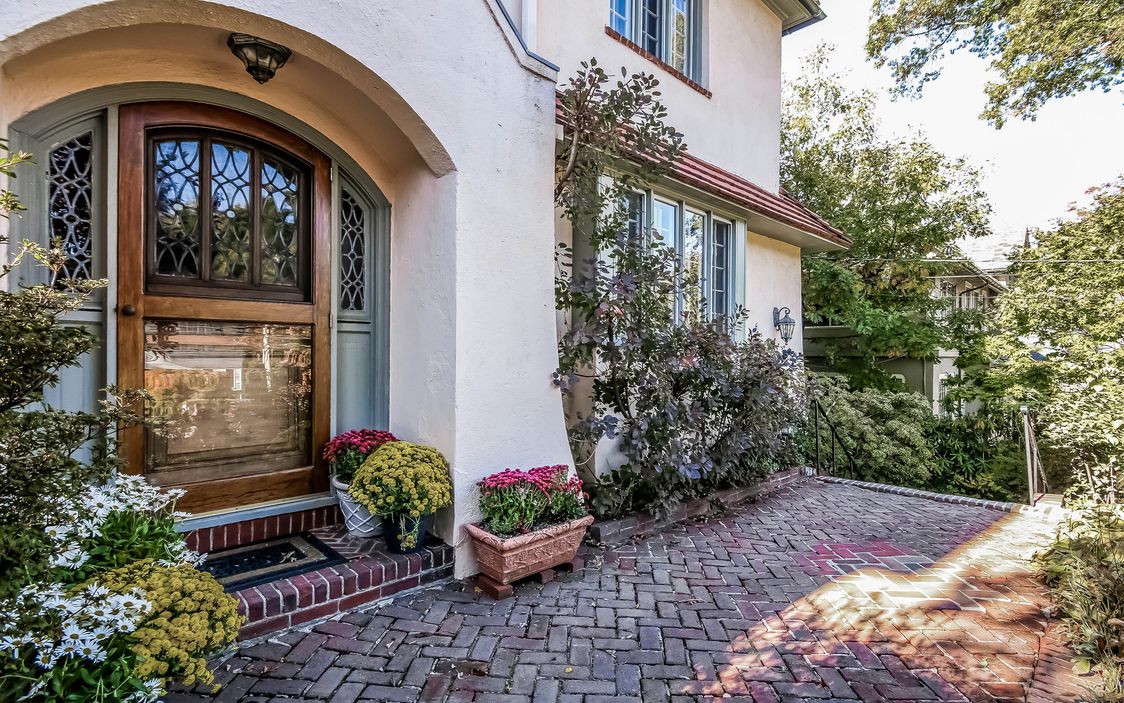
List Price: $1,778,000
1:00PM-3:00PM
Vintage sun drenched Mediterranean home in sought after Greenacres brimming with details, this seven bedroom jewel of a home offers comfortable elegance with delightful privacy yet a most convenient location a great opportunity to own a special and much loved home in desirable Greenacres. Learn more here:
56 Carthage Road
List Price: $1,590,000
1:00PM-3:00PM
Heathcote elegance. Classic proportions and exquisite architectural details abound throughout this sun-filled four bedroom, three and one half bath center hall Georgian Colonial. Move right in to enjoy the warmth of your beautiful home. Elegant, convenient, stunning describe this magnificent home. Learn more here:
8 Stony Gate Oval
List Price: $1,484,000
2:00PM -4:00PM
Crisp, elegant, comfortable and perfect are only a few of the words describing a "feast for your eyes" when entering this wonderful home. High ceilings and an open floor plan welcome you to your dream home. Your private elevator is accessible from every floor of this fantastic home. This is home! Learn more here.
32 Andrea Lane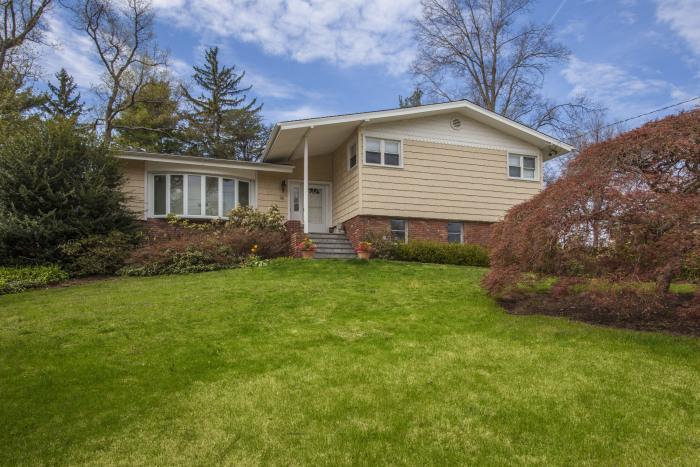
List Price: $1,399,999
1:00PM-3:00PM
Bright, updated home offering abundant space and a great flow, situated on exquisitely landscaped gardens and .46 of an acre. Large rooms, foyer, vaulted living room ceiling, dining room, and spacious updated eat-in kitchen. Hardwood floors. Large two car garage and new driveway. Stunning private gardens with an in-ground pool. Learn more here:
57 Barlow Lane 27 Old Lyme Road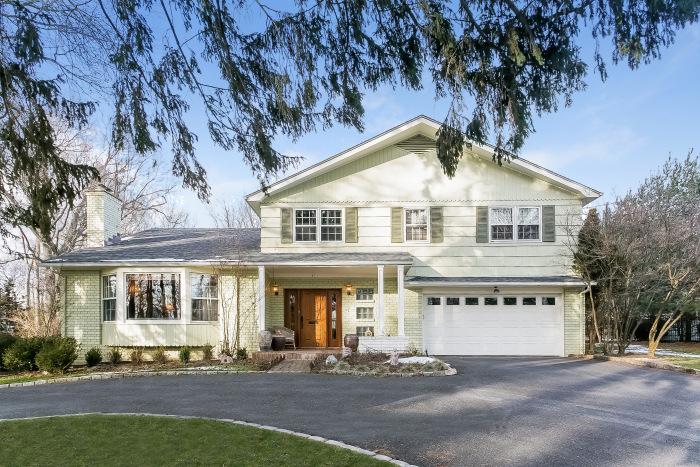
List Price: $1,399,000
1:00PM-4:00PM
A gem in Greenhaven! Meticulously maintained spacious, light four bedroom split on beautiful level .45 acre with oversized deck. A wonderful home for entertaining with large open spaces. Extensive decorative molding throughout. Wiring for speakers in living room, family room, master bedroom. Close to Long Island Sound, beach. Learn more here: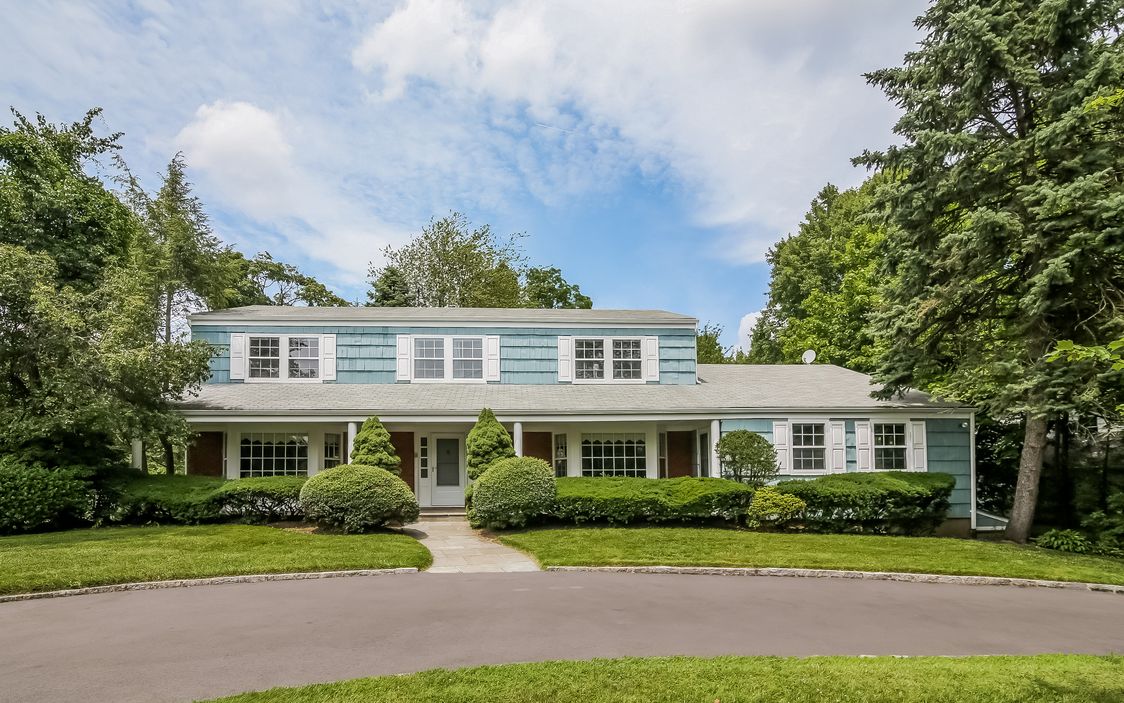
List Price: $1,350,000
12:00PM-2:00PM
Center Hall Colonial set on a lush .66 acre of level property with potential room for a pool. This home boasts a gracious entry hall leading to a large living room with decorative fireplace and wet bar, family room with wood-burning fireplace and doors to slate patio and an updated eat-in kitchen with granite counters. Learn more here:
76 Huntington Avenue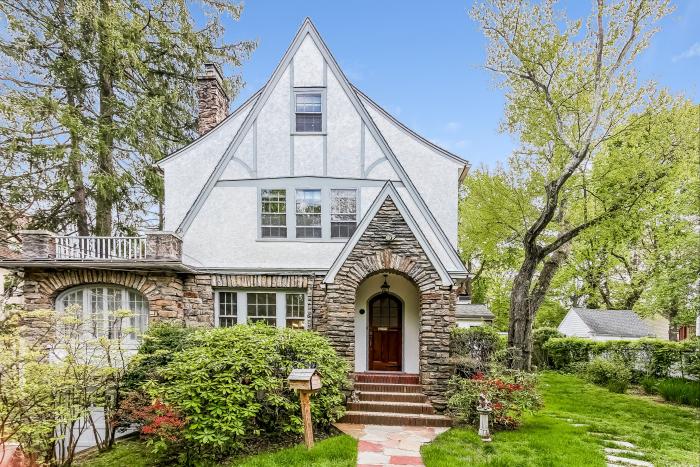
List Price: $1,299,000
2:00PM-4:00PM
Elegant and sun-filled Greenacres Tudor with a fantastic open plan layout offering great space and light, this home blends an old-world, beautifully crafted stone and stucco exterior with modern spaces and upgrades. Don't miss this spacious five bedroom, three full, two half bath Tudor, ideally located close to all! Learn more here:
99 Croft Terrace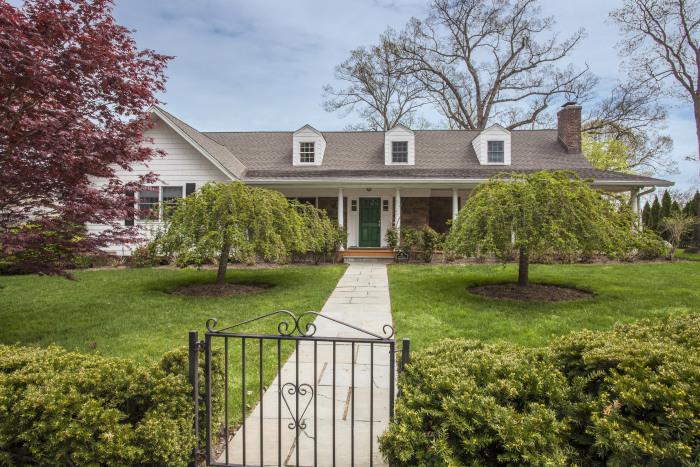
List Price: $1,295,000
3:00PM-5:00PM
Gracious, sprawling five bedroom Colonial with ground floor master suite, on professionally landscaped .37 acre in Wykagyl Park. The kitchen is served by a large outdoor deck and fully enclosed sunroom. Hardwood floors, well detailed, beautifully maintained, with many other amenities. Learn more here:
128 Moorland Drive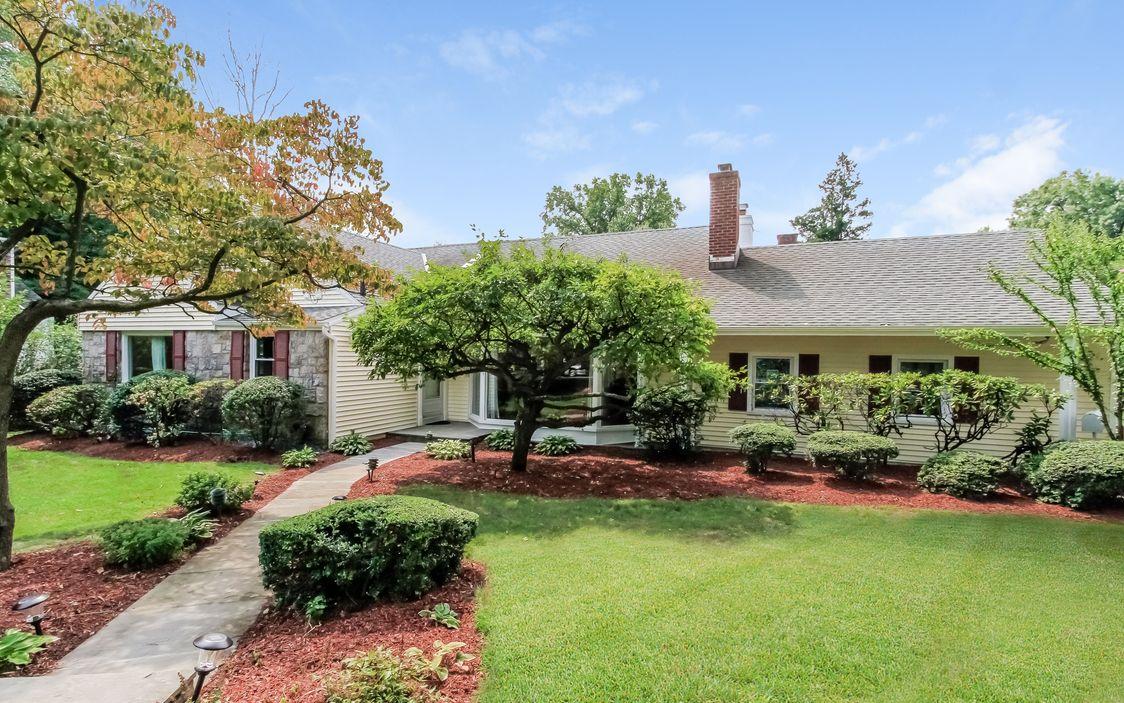
2:00PM-4:00PM
Move right in to this beautifully renovated Edgemont home with an open floor plan ready for today's lifestyle, sunlight in every room with many picture frame windows and skylights. Don't miss out on this fabulous home, which is private, tranquil and also perfect for entertaining. Learn more here: 1 Ogden Road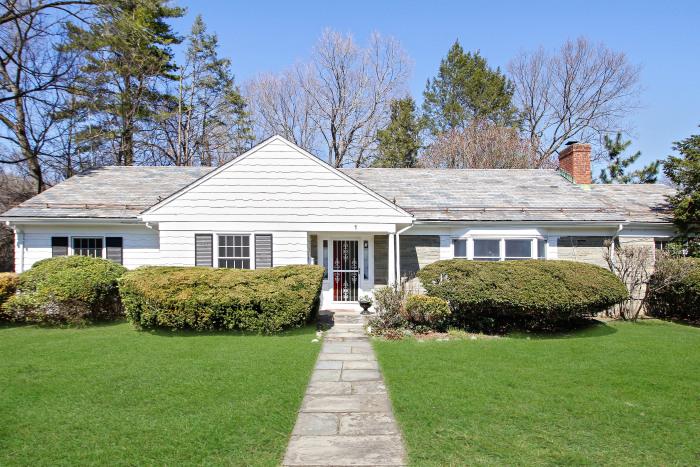
List Price:$945,000
1:00PM-3:00PM
Great space at an affordable price in coveted Fox Meadow. Ultra-convenient location near train, shops, parkway. This bright Ranch sits on beautiful property and offers a large living room with fireplace, an eat-in kitchen opening to the dining room and charming patio. All hardwood floors, updated bathrooms, a slate roof. Learn more here:
17 Westminster Road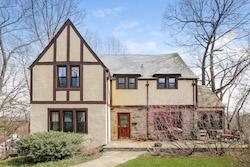
List Price: $929,000
1:00PM-3:00PM
Classic sun-filled Tudor with slate roof has a spacious entry foyer with decorative front door. The entry opens to the living room with an impressive stone fireplace. The adjacent sun room serves perfectly as the first floor family room. Easy commute to railroad, walkable to shops, schools. Greenburgh Recreation. Learn more here:
114 Ferndale Road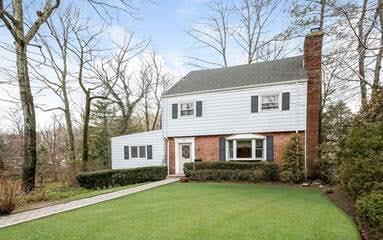
List Price: $820,000
1:00PM-2:30PM
Perfect move-in condition Colonial at the end of a cul-de-sac with great yard for entertaining and relaxing. Only one block to school and commuter bus to train. Many updates including brand new hall bath with double sinks, refinished floors and new stairs, new recessed lighting, new hot water heater, freshly painted. Learn more here:
Scarsdale Votes for Clinton and Kasich
- Details
- Written by Joanne Wallenstein
- Hits: 5047
Aaron Mark, BK Munguia, Michelle Lichtenberg and Carolyn Stevens with former President Bill Clinton
The Westchester Board of Elections has released the vote counts for the Democratic and Republican primaries in Scarsdale. There's no surprise that Hillary Clinton was a big winner here, getting 2,203 votes to Sanders 584 or 79% of the vote.
The Republican results were a bit more interesting. It turns out that Scarsdalians did not favor frontrunner Donald Trump, instead giving John Kasich their votes. Out of a total count of 917 votes, 458 went to Kasich, 345 to Trump, 110 to Ted Cruz and 4 to Ben Carson.
A few of Hillary's Scarsdale fans went to her White Plains campaign headquarters on primary day where they met former President Bill Clinton.
Pictured above are Aaron Mark, BK Munguia, Michelle Lichtenberg and former Mayor Carolyn Stevens with the President Clinton.
Democratic Primary Results for Scarsdale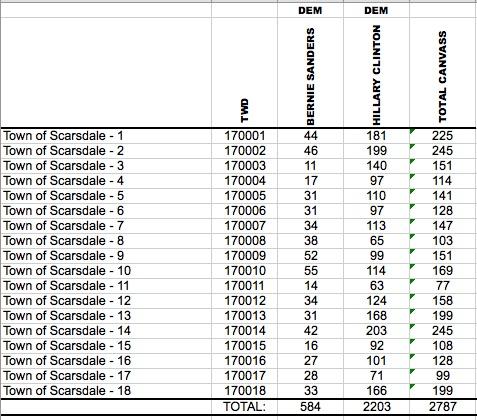
Republican Primary Results for Scarsdale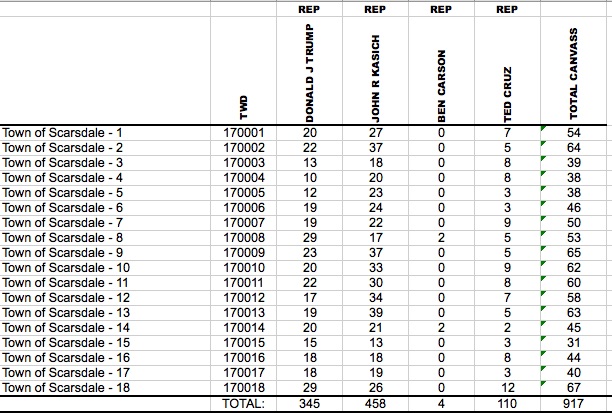
Bicycle Sundays are Back with a Celebration on May 15
- Details
- Written by Joanne Wallenstein
- Hits: 3608
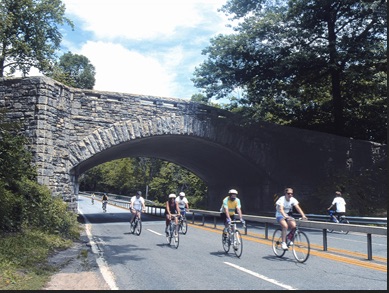 Westchester Parks Foundation, formerly known as Friends of Westchester County Parks, announced the return of bicycle Sundays, which close the Bronx River Parkway for Sundays in the spring and fall for bikers, joggers and walkers.
Westchester Parks Foundation, formerly known as Friends of Westchester County Parks, announced the return of bicycle Sundays, which close the Bronx River Parkway for Sundays in the spring and fall for bikers, joggers and walkers.
The parkway will be closed from the Westchester County Center in White Plains, south to Scarsdale Road in Yonkers, a round-trip of 13.1 miles from 10:00 a.m. to 2:00 p.m. on the following dates:
May 1, 8, 15, 22
June 5, 12, 19, 26
Sept 11, 18, 25
The program is supported by Con Edison and New York-Presbyterian, who each donated $20,000 for the initiative this year. To kick off the 42nd annual initiative, NewYork-Presbyterian will sponsor a celebration on Sunday, May 15, from 10:00 a.m. to 2:00 p.m. at the rest stop between Harney Road and Leewood Drive (Exits 10 and 9) on the northbound lane of the Bronx River Parkway.
There will be fun activities for everyone to enjoy, including free ice cream and water; bicycle safety reflector giveaways; and a raffle to win golf games and balls to use at county courses, tickets for Playland and premium seats to a Westchester Knicks basketball game. The party will be complete with live music on site by 100.7 WHUD radio with guest DJ Kacey Morabito Grean from Mike and Kacey in the Morning, as well as signage with fitness tips along the Bronx River Parkway.
For more information about the Westchester Parks Foundation, visit thewpf.org.
Raiders Lacrosse Team Falls to White Plains and Mamaroneck
- Details
- Written by Justin Barlow
- Hits: 4080
Scarsdale Senior Captain Elliot Graham receives a pass from Junior Dan Patrizio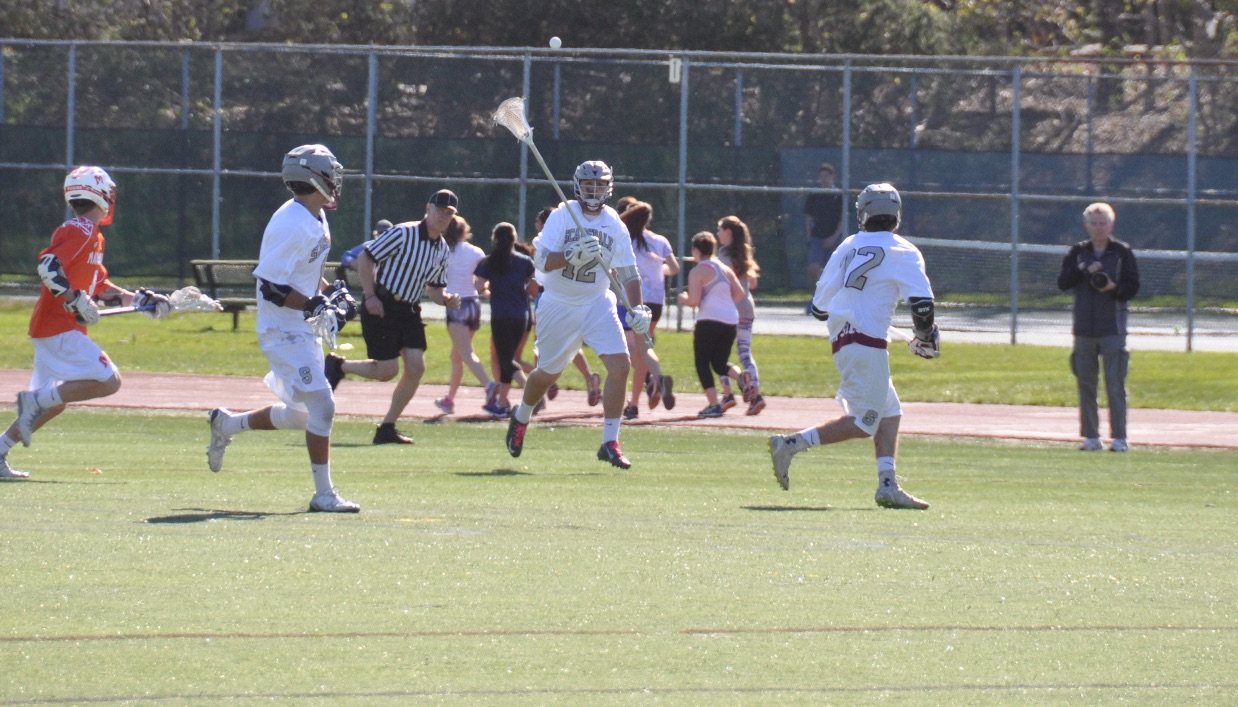
The game started with a goal in the opening minutes Freshman Andrew Bernstein calls for the ball in front of the net.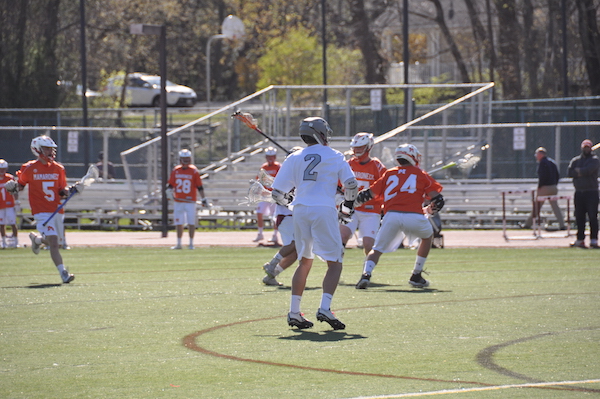
Schneider completed his hat trick and returned the lead to the Raiders. Senior Captain Andre Cutrim added his first as the Raiders took a 8-6 lead before Mamaroneck returned to close the lead. Cabrera then gave the two goal lead back to the Raiders but Mamaroneck countered and tied the game up, then taking the lead. Adding another two before the end of the 3rd quarter, Mamaroneck lead 12-9. Mamaroneck scored again at the begging of the 4th quarter, but Cabrera ended the Raider's scoring drought as he added a quick goal. Mamaroneck responded with another two to make it 15-10 as Rolfe came back with a goal for the Raiders. Mamaroneck retaliated with three to quell the Raider's momentum, 18-11. Bernstein and Rolfe added two but it was too late, final score 18-13, Mamaroneck.
Junior Captain Cooper Schneider looks to fire a shot.